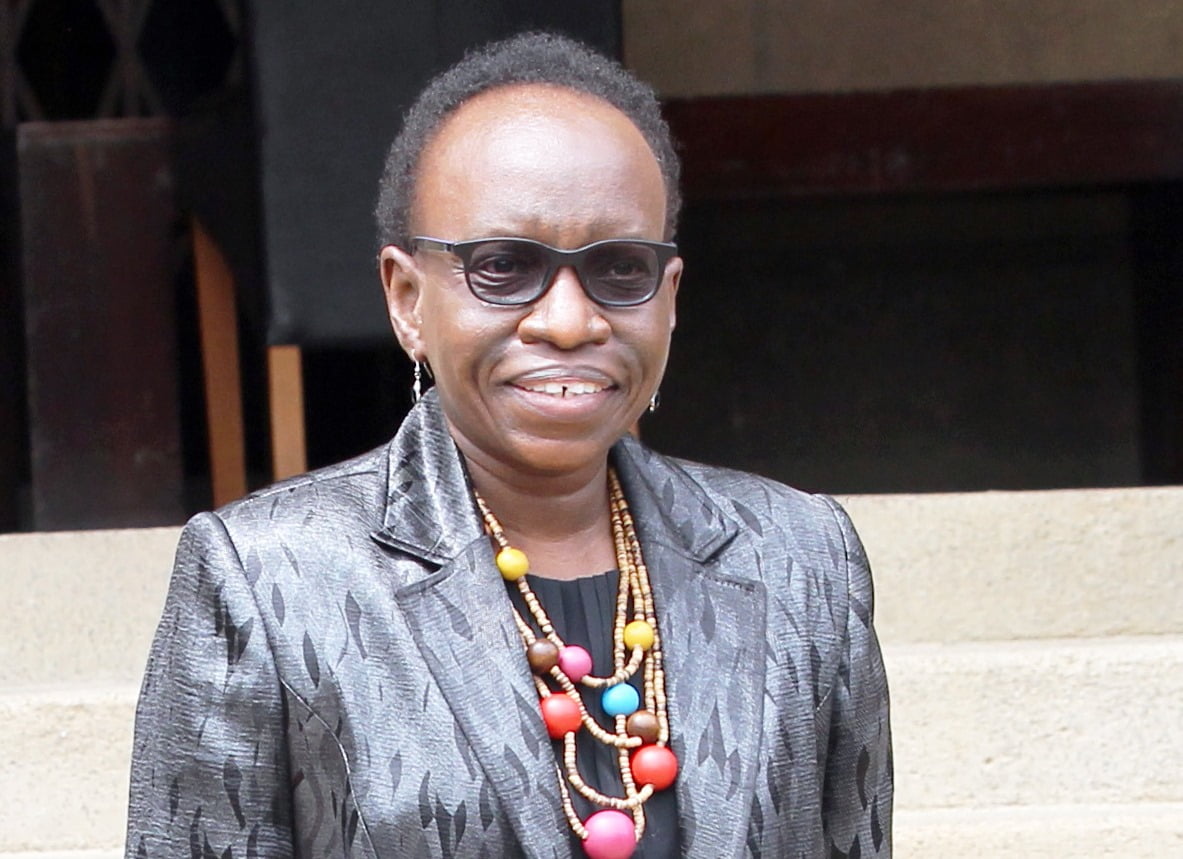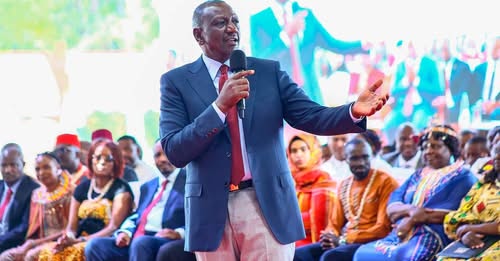By Roy Hezron
For the first time the Ministry of Education will oversee the auditing of over 9,000 public secondary schools in the country
The Auditor General’s office is for the first time carrying out a direct audit in all public schools in the country targeting two Financial Years (FY) 2020/2021 and 2021/2022, with the exercise being seen to have been heavily informed by recent reports of accounting mishaps that point to possible losses running into billions.
For a long time, the over 9,000 public secondary school principals have been given a free rein, appropriating school funds without the roving eye of the hawk-eyed auditor.
They now will be held accountable for capitation received from the government, other incomes and general expenditure of public resources in their schools.
The audit exercise is a shift from the previous norm where the Auditor General only assessed the State Department of Early Learning and Basic Education.
In a circular addressed to all County Directors of Education (CDE) dated July 6, 2022 from the Ministry of Education (MOE) signed by the Principal Secretary in the State Department of Early Learning and Basic Education Dr. Julius Jwan, all public secondary schools will undergo a financial audit to cover the last two years, whereas primary schools will have their enrolment data verified from the CDE.
“The office[of the Auditor General] has informed the Ministry of Education of its intention to audit all public schools for the last two (2) Financial Years (2020/2021 and 2021/2022),” said Dr. Jwan in the circular.
Despite the circular noting that the exercise will target all public schools, all indications show it will highly focus on fully registered public secondary schools.
The circular instructs the CDEs and Sub-county Directors of Education (SCDE) to prepare a list of public schools and their enrolment, avail acknowledgement documents of Free Day Secondary Education (FDSE) funds and capitation, and provide the county and sub-county enrolment data for the years under review.
The principals have also been instructed to prepare their school’s two FY’s register, and financial statements in the format prescribed by International Public Sector Accounting Standards (IPSAS) or statements of accountability and cashbooks for all accounts (minimum of 4).
Others are bank statements for all accounts, vouchers to support payments, list of all non-teaching staff, letters of approval for Repair, Maintenance and Improvement (RMI), and list of teaching staff.
“CDEs and SCDEs should advise the schools that the auditors shall have unfettered access to the documents, information and the school. This exercise will go on even on weekends and as such, all should be available to assist the auditors,” directed Dr. Jwan.
Teams from the Office of the Auditor General are already on the ground to undertake the exercise in all the 47 counties with initial entry meetings with the CDEs and SCDEs having been done on July 11, 2022.
According to the Competency-Based Curriculum (CBC) Taskforce data of 2020, there were a total of 9,077 public secondary schools in the country, comprising 112 national (52 boys, 55 girls and 5 mixed) and 776 extra-county (361 boys, 349 girls and 66 mixed) schools.
There are also 1,378 county (353 boys, 516 girls and 509 mixed) and 6,776 sub-county (167 boys, 312 girls and 6,297 mixed) schools.
According to MOE fee guidelines issued on February 7, 2022, all national schools and extra-county schools located in Nairobi, Mombasa, Nakuru, Kisumu, Nyeri, Thika and Eldoret, which all form Category A of boarding schools, are to charge Ksh45,000 annually.
Category B boarding schools are boarding and extra-county schools that are located in other areas other than the mentioned towns. They charge Ksh 35,000 annually.
Secondary school Heads have colossal resource bases under their management which, to a wide extend, require accountability and despite the government allocating Ksh22,244 per student across all categories, boarding schools charge extra fees which are paid by parents as per demands of individual schools.
For instance, going by the above statistics, taking 112 national schools with an average enrollment of 1,500, each paying up to Ksh45,000 annually, a school can collect up to a minimum of Ksh67.5 million annually. This translates cumulatively and collectively to Ksh7.56 billion, exclusively in the form of boarding fees.
Apart from the above collections, the schools also receive Ksh22,244 per student as government subsidy [which is equal to the subsidy for each learner in a day school].
Meaning that each national school receives about Ksh33.36 million from the government, bringing the cumulative figure to Ksh3.73 billion annually.
Kenya Union of Secondary Schools’ Non-Teaching Staff (KUSSNTS) Eastern Regional Secretary Alexander Muthiani welcomed the audit, lamenting that most schools divert funds belonging to non-teaching staff to other vote heads, hence depriving the workers their salaries.
“Non-teaching staff in public secondary schools are being badly underpaid compared to workers in other sectors who are paid accordingly despite having same qualifications,” added Muthiani.
Kenya Primary Schools Heads Association (KEPSHA) National Chairman Johnson Nzioka told Education News that the audit is a good thing and there is no need for panic so long as it is not used to witch hunt.
“There is no problem with the audit because we’re audited by the ministry [of education], so they can just come and confirm what has been done. Audit is finding out what you have received and what you have spent and I don’t anticipate any problem,” said Mr. Nzioka.
He added: “Audits are partly meant for advice and I expect they are professional auditors who will advise schools on the best book-keeping practices and show them where they might have erred to take corrective measures,” he said.






